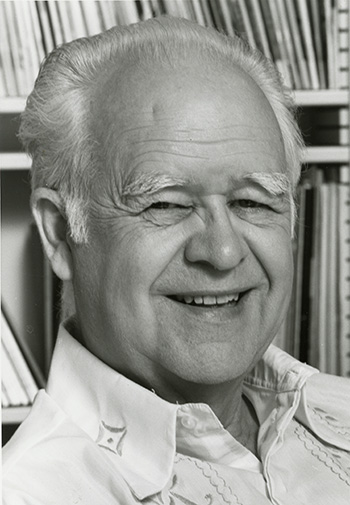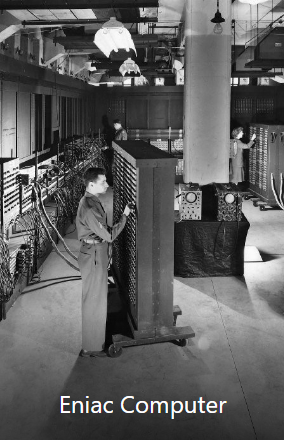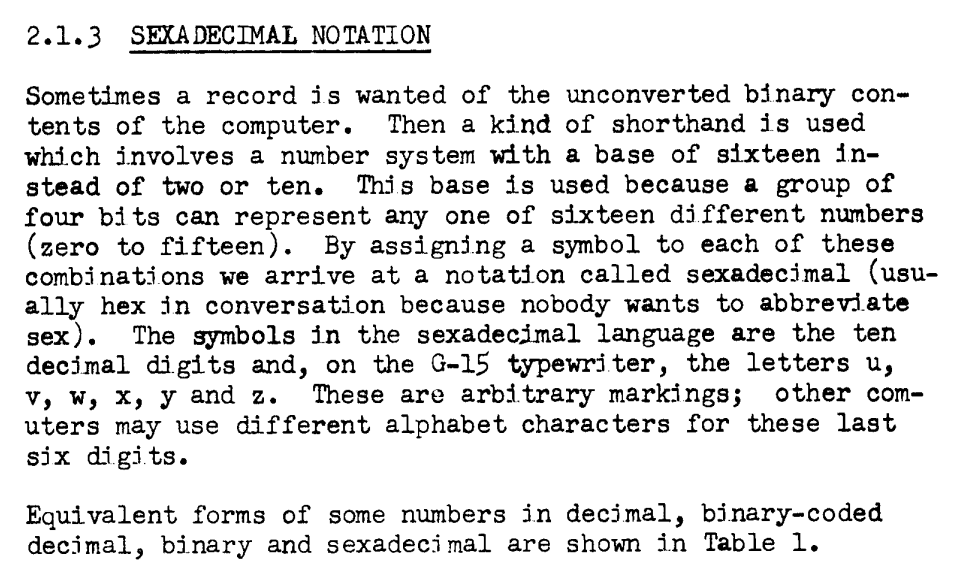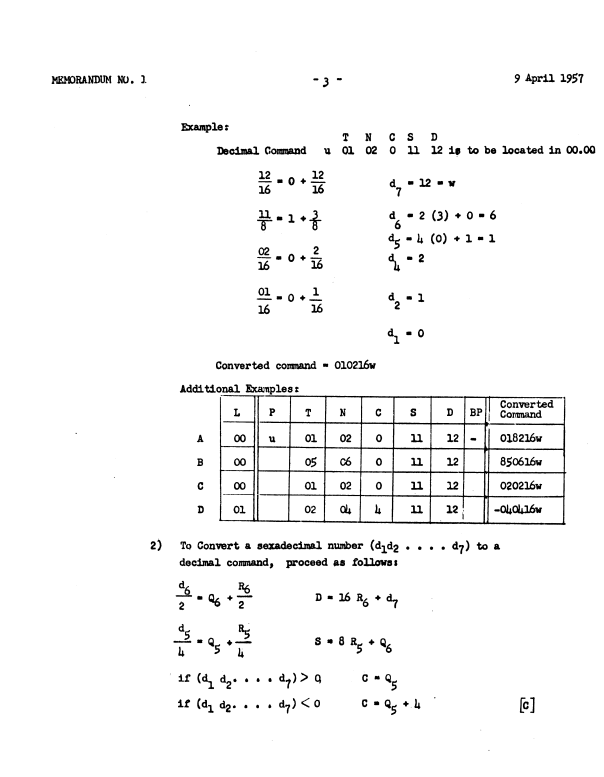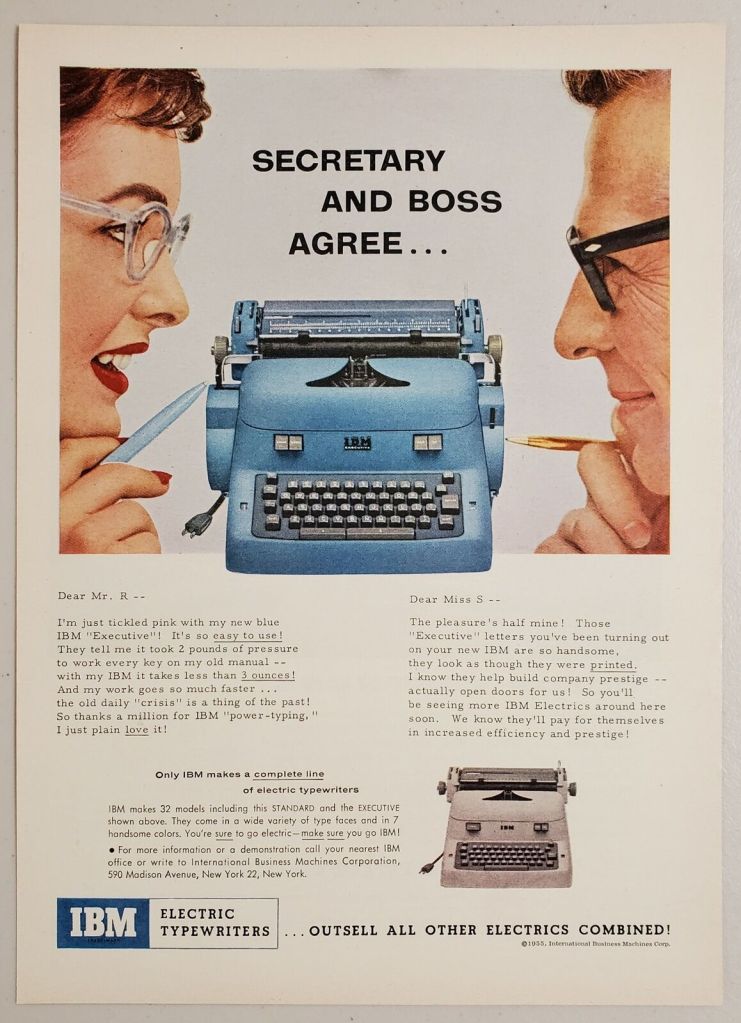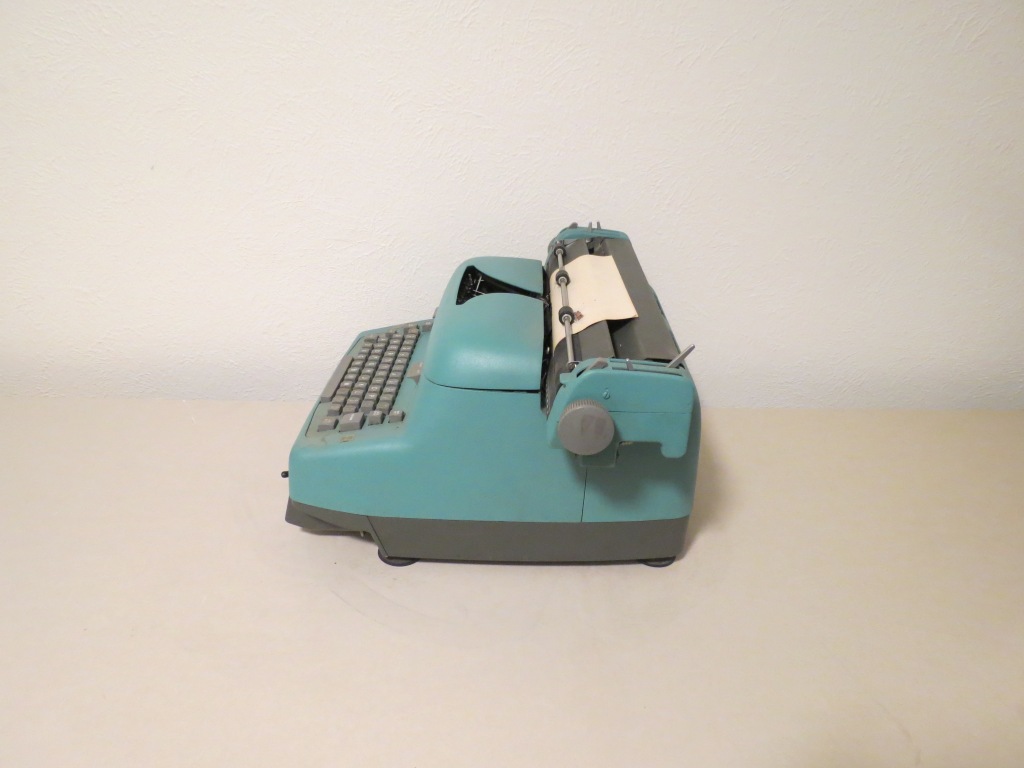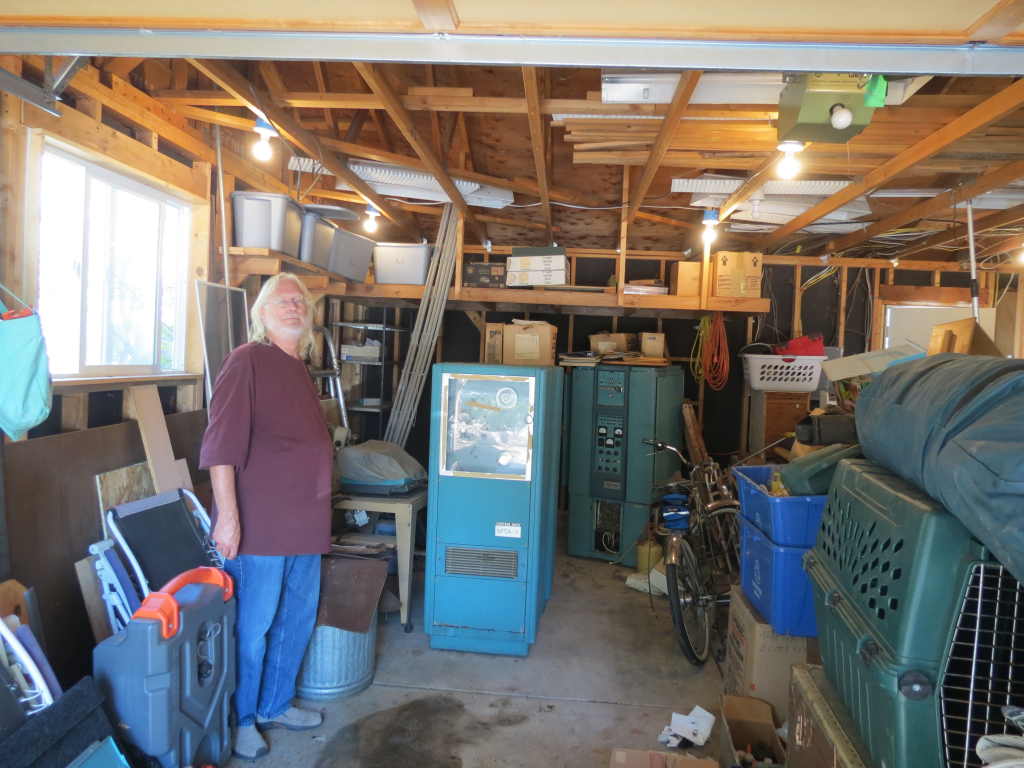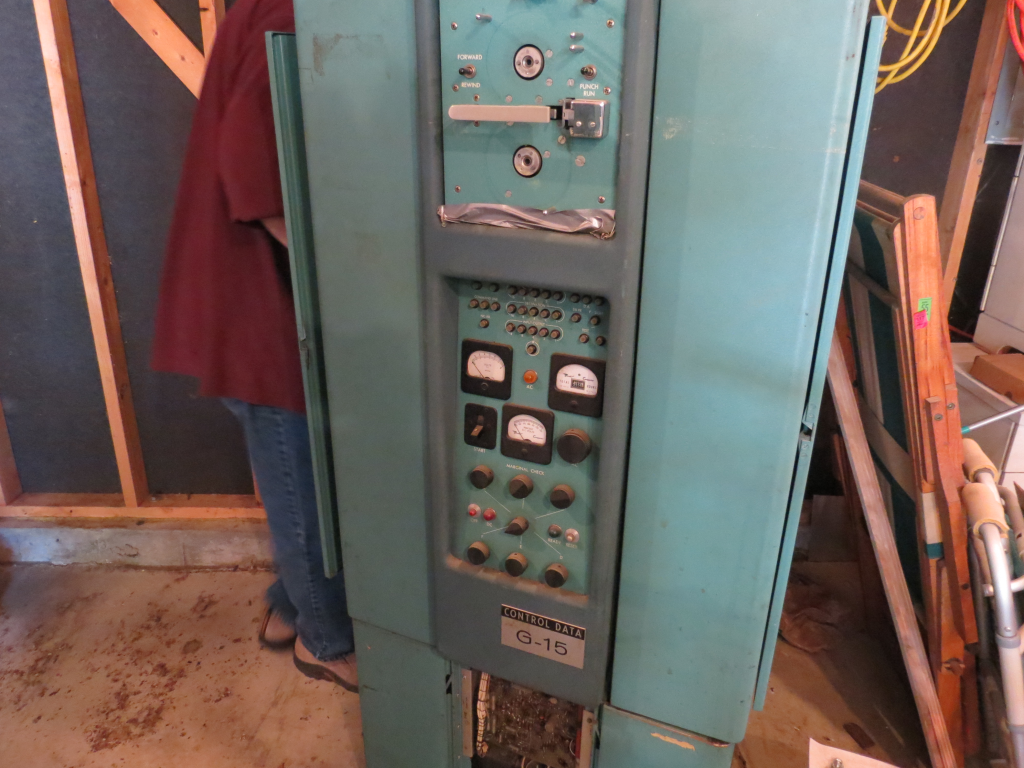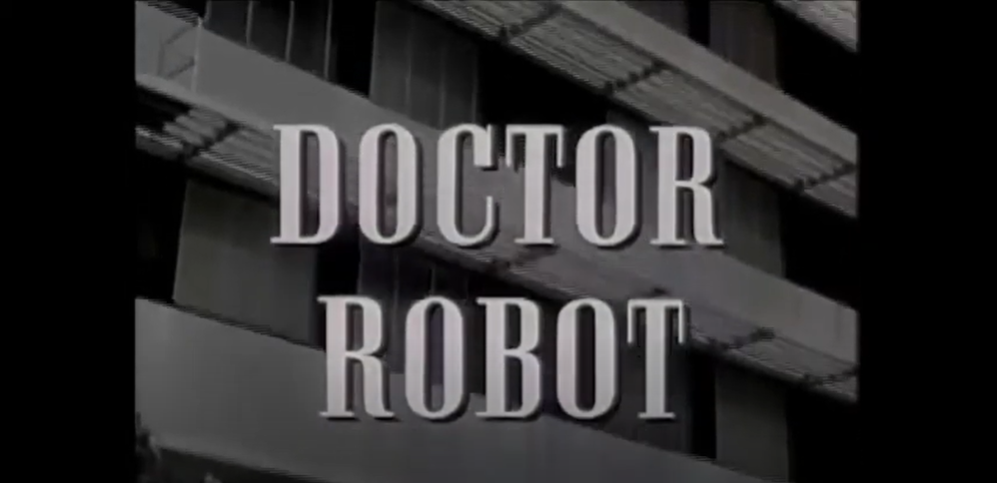Part 7 of a series: Bendix G-15 Restoration
There is nothing I can add to the volumes that have already been written about Alan Turing, so I’ll use this post to collect interesting links, especially with references to the Bendix G-15.

Alan Mathison Turing was an English mathematician, computer scientist, logician, cryptanalyst, philosopher, and theoretical biologist. Turing was highly influential in the development of theoretical computer science, providing a formalization of the concepts of algorithm and computation with the Turing machine, which can be considered a model of a general-purpose computer. He is widely considered to be the father of theoretical computer science and artificial intelligence.
I recently read “Alan Turing’s Electronic Brain” and it is a very good read for anyone interested in the Bendix G-15, as it details the evolution of the instruction set, drum memory, etc.

Amazon: Alan Turing’s Electronic Brain
The mathematical genius Alan Turing, now well known for his crucial wartime role in breaking the ENIGMA code, was the first to conceive of the fundamental principle of the modern computer-the idea of controlling a computing machine’s operations by means of a program of coded instructions, stored in the machine’s ‘memory’. In 1945 Turing drew up his revolutionary design for an electronic computing machine-his Automatic Computing Engine (‘ACE’). A pilot model of the ACE ran its first program in 1950 and the production version, the ‘DEUCE’, went on to become a cornerstone of the fledgling British computer industry. The first ‘personal’ computer was based on Turing’s ACE.
I recently watched “The Imitation Game” and highly recommend it.

During the winter of 1952, British authorities entered the home of mathematician, cryptanalyst and war hero Alan Turing (Benedict Cumberbatch) to investigate a reported burglary. They instead ended up arresting Turing himself on charges of ‘gross indecency’, an accusation that would lead to his devastating conviction for the criminal offense of homosexuality – little did officials know, they were actually incriminating the pioneer of modern-day computing. Famously leading a motley group of scholars, linguists, chess champions and intelligence officers, he was credited with cracking the so-called unbreakable codes of Germany’s World War II Enigma machine. An intense and haunting portrayal of a brilliant, complicated man, The Imitation Game a genius who under nail-biting pressure helped to shorten the war and, in turn, save thousands of lives.
Next: TBD

